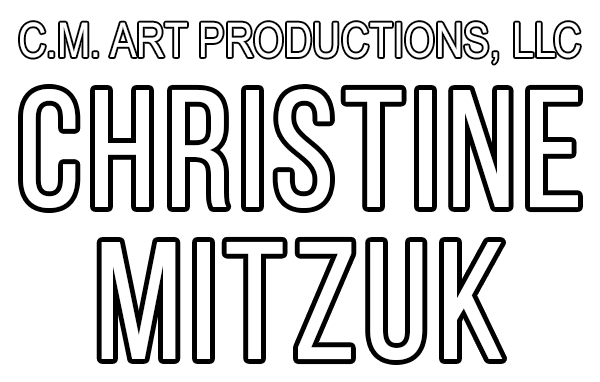
I read art books in the hope that I’ll learn something new, or find a new-to-me way of looking at an old tool or idea. I seek out information in an effort to grow as an artist and try to be a more effective instructor. I consider a book good if it gets me thinking about how or why I do things and gives me a different way to look at the fundamentals of picture making.
This is one of those books.
It’s only about 1/4″ thick but it’s chock full of ideas to think about. It’s a collection of notes from Hawthorne’s students, collected by Mrs. Charles W. Hawthorne. The chapters are broken into outdoor model, still life, landscape, the indoor model, and watercolor.
I’m about 3/4 through the book and I’m liking it quite a bit. As someone who has been painting and studying this stuff for a while, I’m recognizing many of the learning opportunities that the students refer to in their notes (painting light and shadow instead of things, painting too much detail and losing form, etc.) For someone new to painting, I think it would be best read in conjunction with working on pictures. I would think this would create opportunities for someone to better understand the ideas presented in the book in practical application.
I’m finding many of the concepts are ones I learned during my training at The Atelier but Hawthorne came at them from a different angle. In several of the notes he tells the students not to draw and instead focus on making one correct color next to the other and from there the form will come, not to draw with line and fill it in. So his approach, first and foremost, seems to have been mass oriented rather than defining the shapes first.
The other idea I see repeated a lot is getting one color note correct next to another color note. At The Atelier I learned about this idea as setting up relationships between the values and colors. It’s not so much about copying exactly the color or value you see in nature but how the value and color looks in relation to the other values and colors within your composition.
I also really like Hawthorne’s insistence on students painting objects that by themselves might be considered boring or ugly (for example, a white plate). Instead of setting up a beautiful still life, and I’m paraphrasing here, he encourages the students to use their artist’s eye to translate how the light and color describe the boring object in a beautiful way. I remember falling into this trap as a student. Instead of practicing how to see and translate what I was seeing with paint, I tried to make beautiful pictures with the objects themselves. My instructors tried to get this through to me. I caught on eventually. Composition, light, value, color, all of this can be practiced with objects that we aren’t so precious about and are therefore more willing to take chances on and experiment, perhaps fail. Within that, learning happens. I get tripped up by this at times and need a reminder. Time to paint my ugly gardening shoes.
I think I will end up re-reading it several times. It seems to me that I’m mostly recognizing things I already know so I’d like to go through it again with an eye open for unfamiliar ideas. When it comes down to it, I think the book is worth the price (especially if you can get it used).

September 24, 2024 at 5:06 pm
Thank you !
January 2, 2025 at 1:46 pm
Laura Robb , online instructor at the Tucson Art academy, references this book and recommends it. I respect her approach and so your opinion adds to my wanting to get it. Thanks
January 7, 2025 at 8:24 pm
Hey I’m glad my review helped. I hope you enjoy reading the book.
February 15, 2025 at 1:51 pm
I read this little book and agree with everything you said. Thank you for your review. I like you will probably read it again. It made me think of art in a very different way. He had a very unique and refreshing point of view.